When considering material aspects for labeling machines, it's essential to understand the compatibility with various label materials. Label applicators must accommodate different substrates such as paper, foil, vinyl, and various laminates like UV, waterproof, matte, or gloss finishes. The choice of material impacts not only the aesthetic appeal but also the functionality of the labeling process.
The direction of the label wind, whether inside or outside, is another critical factor. Label rolls with an outside wind, where labels face away from the core, are commonly used. This orientation is crucial for ensuring that labels are applied correctly by the machine.
Furthermore, the label or print orientation, which refers to the direction of the print as seen from the outer end of the roll, should be standardized to industry terms to avoid confusion and ensure seamless application. The backing or substrate of the label is also a point of consideration, with paper backings being preferable for tabletop applicators due to their suitability and reduced static issues compared to plastic backings.
Lastly, the physical dimensions of the label roll, including the core size and the roll's width and diameter, must be compatible with the labeling machine. This ensures a smooth application process and minimizes downtime when changing label rolls, thereby enhancing the efficiency of the production line.
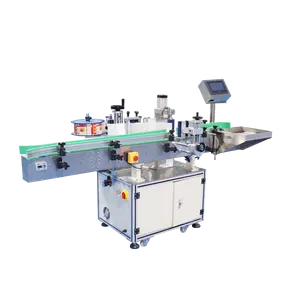




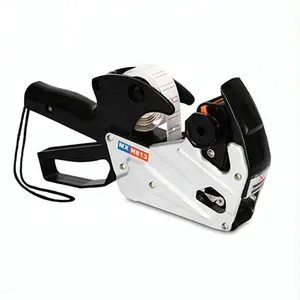


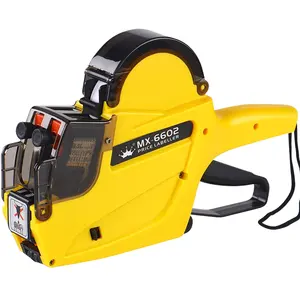
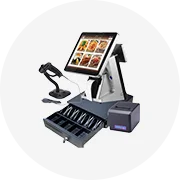
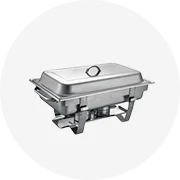
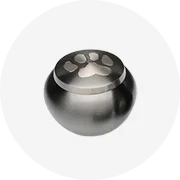



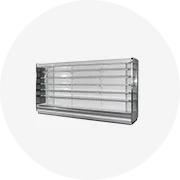
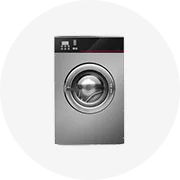
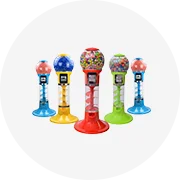
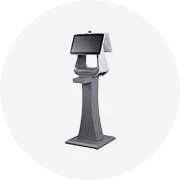
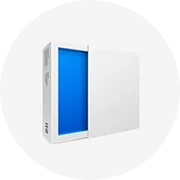












 浙公网安备 33010002000092号
浙公网安备 33010002000092号 浙B2-20120091-4
浙B2-20120091-4